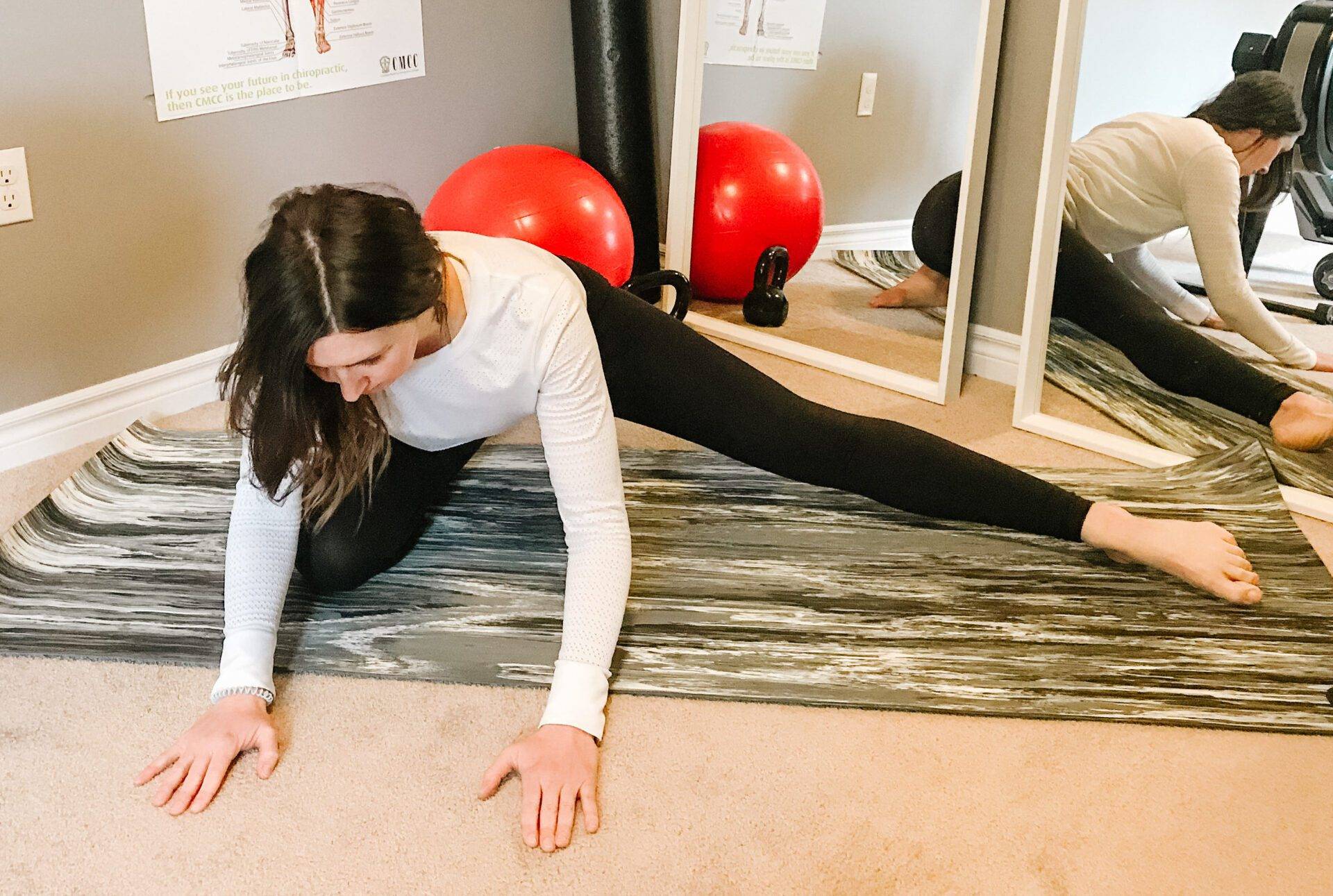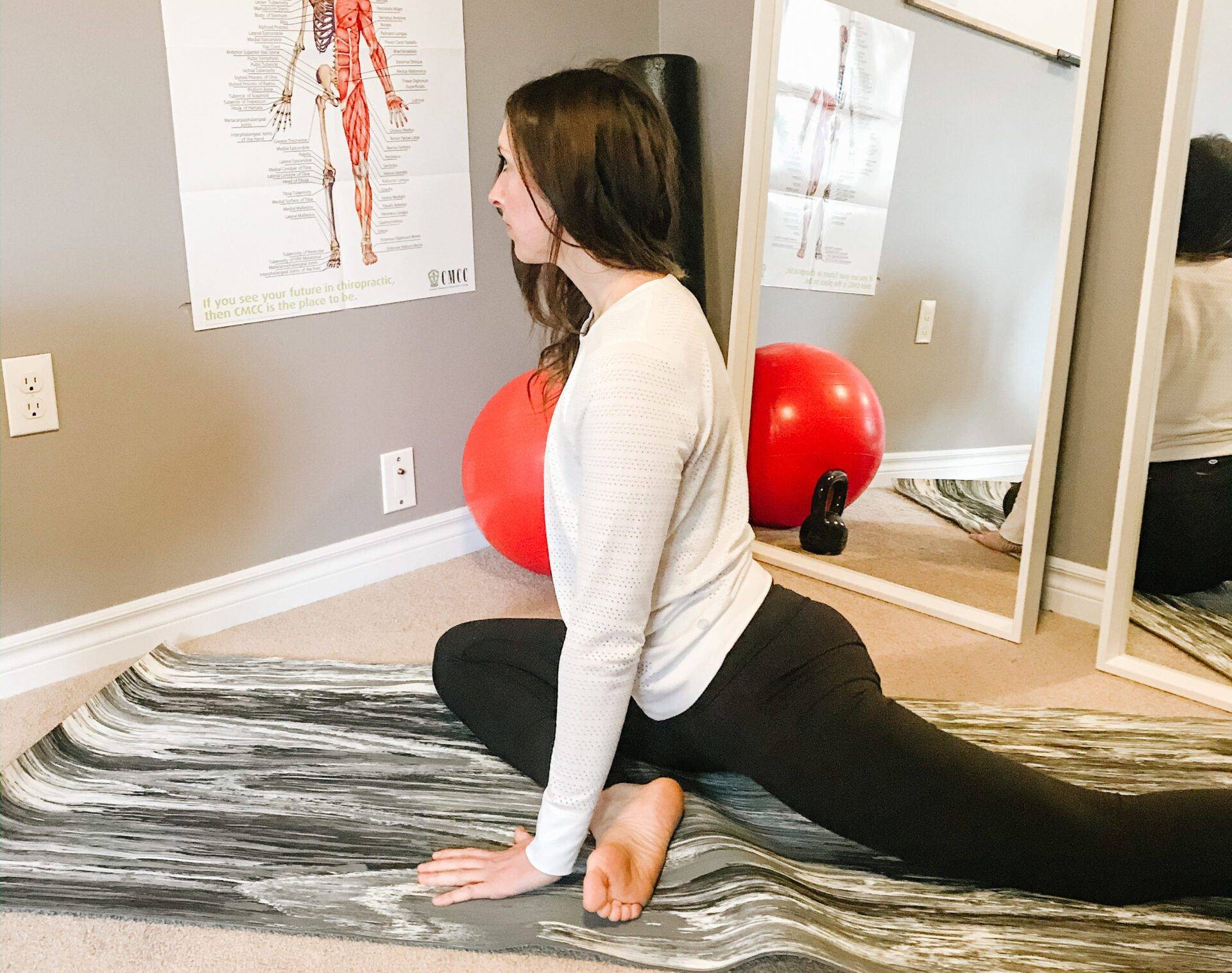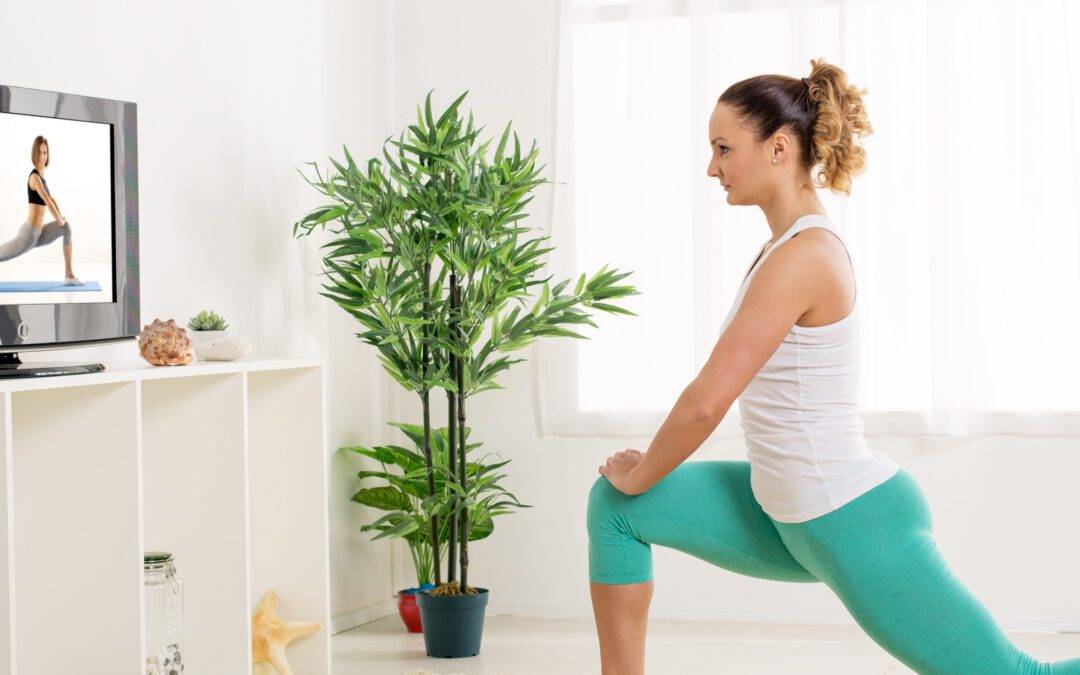By Dr. Lauren Quattrocchi, DC
It is important for us to remember that although our long-term goals may be to increase our activity levels, we need to start with the basics. If fitness and activity were built like a pyramid MOBILITY would be at the bottom because it is our foundation and the building blocks of our fitness. If we try to build on our strength, power, speed etc., without having a solid foundation we can be more prone to injuries and pain.

So the question is how can you fix this or ensure you have a good foundation? If we were not required to be practicing self-isolation, visiting your chiropractor or physiotherapist can be very beneficial. Your clinician is able to properly assess and diagnosis any limitations that you may be experiencing and then provide an appropriate treatment plan including manual therapy and exercise to improve the mobility of your tissues. However, with everyone self-isolating there are lots of mobility exercises that you are able to try on your own to get your hips moving better! Just remember not all hips are created equal and it is important to ensure you are performing stretches that work with your body and skill level.

1. Hip Opener
-
- Start in a kneeling position with one knee on the floor and the other leg bent 90 degrees in front of you with the foot flat. To save extra strain on your knees it is helpful to perform on a soft surface such as a carpet or yoga mat.
- Tuck your tailbone under your body, eliminating an arch in your low back
Slowly lunge forward until you feel a stretch in the front of the hip. If you have any low back pain, return to the starting position and tuck your tailbone under even more. - Hold the stretch for 20-30 seconds and repeat 2-3 times. Ensure to perform this on both sides!

2. Groin/Adductor Stretch
-
- Starting on all fours (quadruped position) stretch out one leg to the side.
- Keeping your back straight, sit back towards your heel
- Hold the stretch for 20-30 seconds and repeat 2-3 times. Ensure to perform this on both sides!

3. Pigeon Pose
-
- Place one leg in front of you with your hip and knee bent. The other leg will be straight behind you.
- Adjust the position of your heel (closer or further away from your groin)
- Sitting up nice and tall, keeping your upper body straight you can hold this position for 20-30 seconds
- If you want to make it more challenging you can bring your upper body forward onto your forearms.
- Hold the stretch for 20-30 seconds and repeat 2-3 times. Ensure to perform this on both sides!
Remember if we want to be able to move often we need to ensure we move well!

